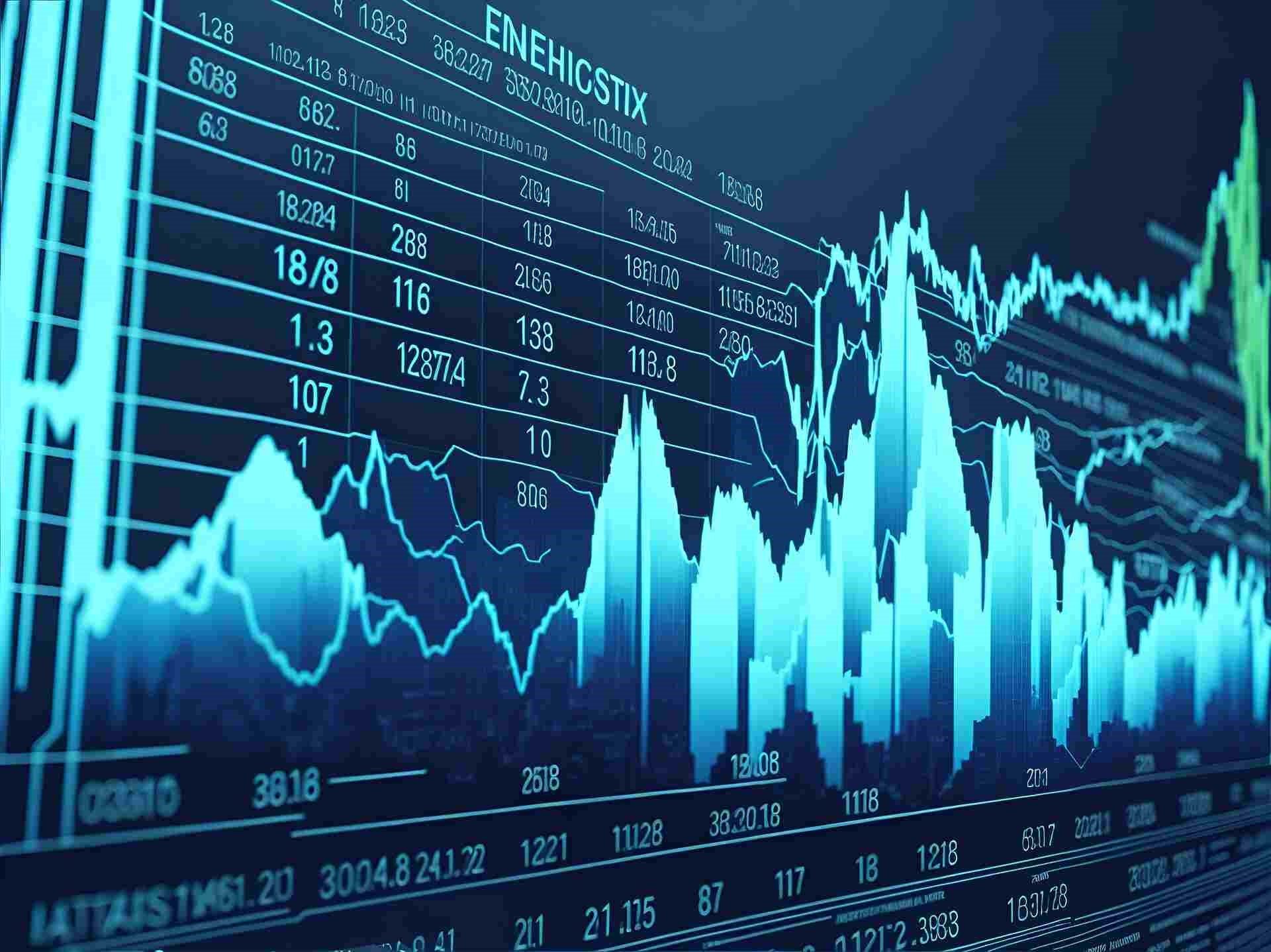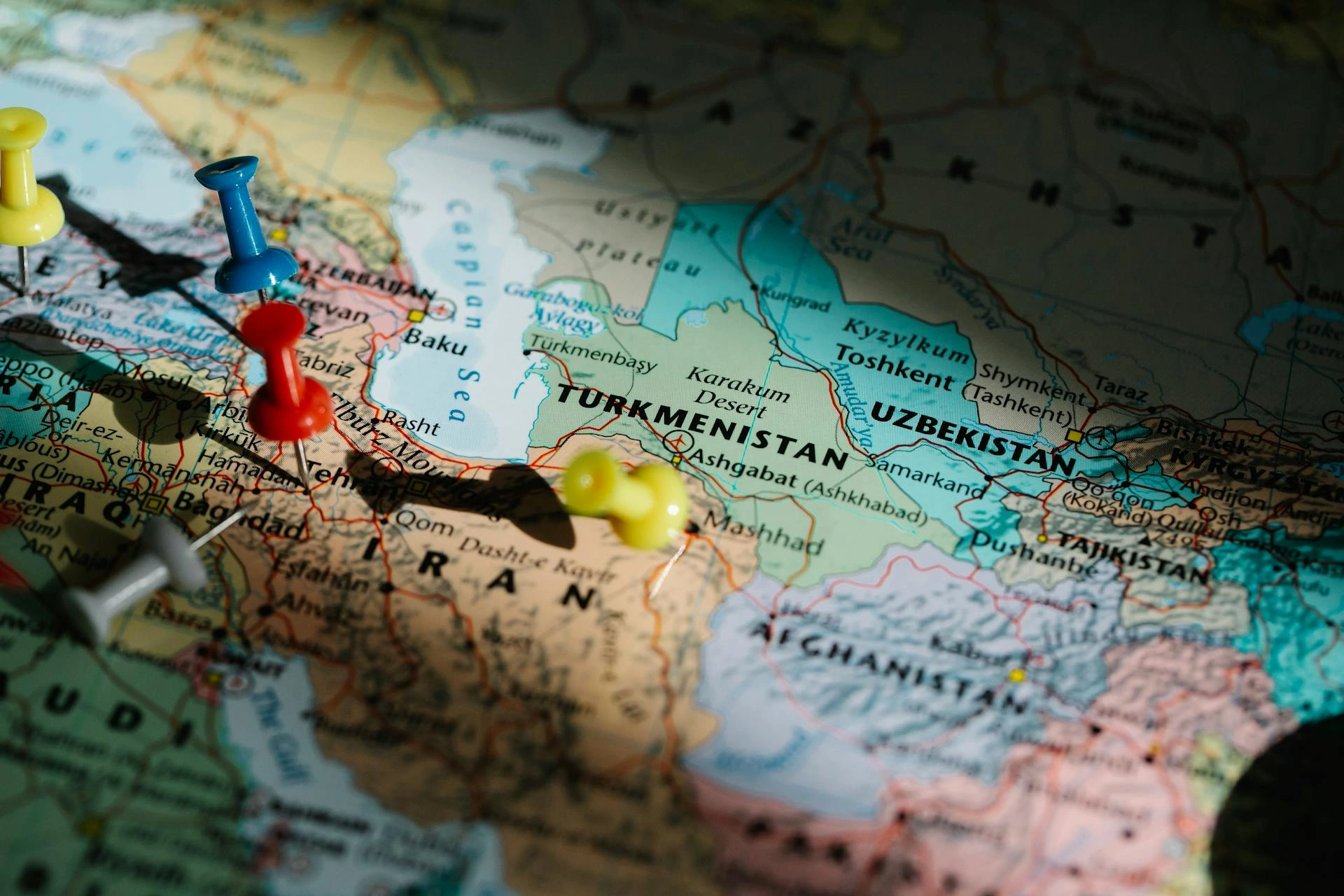Why is GDP important in international trade?

John E. Kaye
- Published
- Banking & Finance, Home

Gross Domestic Product (GDP) is an essential factor influencing the exchange rate of a currency. Exchange rates influence local and international businesses, whereas local businesses may rely on imported materials, companies engaging in international trades are directly impacted by fluctuating price rates, determining the final costs of transactions.

Factors Impacting Exchange Rates
Analysts rely on five key economic indicators to predict exchange rates for forex trading. These indicators reflect a country’s overall financial condition.
Interest Rate
Central banks control inflation through monetary policy (interest rates). Interest rates determine investors’ confidence in a currency, leading to demand and market value changes. An increase in interest rates means higher profits for lenders and attracts buyers who anticipate higher returns, and countries with long-term stable rates often have stable exchange rates.
Gross Domestic Product (GDP)
A country’s GDP represents the value of the goods and services produced in that country, expressed in the US Dollar. It reflects production output and is often considered economic size. Countries with higher GDPs usually have strong currencies, as the demand for their goods and services correlates with the market for the currencies. Increased GDP figures give investors confidence in buying a currency.

Consumer Price Index (CPI)
The CPI indicates changes in the prices of a basket of goods and services that urban consumers regularly buy within a country. The CPI reflects the country’s inflation rate as it tells how much a good or service one dollar can buy. Rising CPI prices indicate a weakening economy (lower purchasing power) and increase investors’ fear, driving lower demand for a currency.
Producer Price Index (PPI)
The PPI measures the average change in the selling price of raw goods and services over time, taken from the manufacturers’/producers’ point of view rather than the consumers’. The PPI also tracks inflation and is often considered alongside the CPI. The indicator covers various industries, from agriculture to mining, manufacturing to services, monitoring changes from thousands of products and services.

Employment Data
Employment data indicates that a country’s industries face increased production demands, inspiring investors’ confidence. The non-farm payroll and payroll employment data are often released monthly.
The Importance of GDP and Key Economic Indicators in International Trade
GDP is one of the key economic indicators that plays an essential role in international trade because it affects exchange rates, impacting the costs of transactions for global businesses. Other indicators include interest rates, CPI, PPI, and employment data. Businesses and traders need to monitor these factors to better manage currency fluctuations.
Sign up to The European Newsletter
RECENT ARTICLES
-
 UK government sets up Women in Tech taskforce amid gender imbalance concerns
UK government sets up Women in Tech taskforce amid gender imbalance concerns -
 Liechtenstein lands AAA rating again as PM hails “exceptional stability”
Liechtenstein lands AAA rating again as PM hails “exceptional stability” -
 Lusaka Securities Exchange surges ahead on reform momentum
Lusaka Securities Exchange surges ahead on reform momentum -
 PROMEA leads with ESG, technology and trust in a changing Swiss market
PROMEA leads with ESG, technology and trust in a changing Swiss market -
 Why collective action matters for pensions and the planet
Why collective action matters for pensions and the planet -
 Structuring success with Moore Stephens Jersey
Structuring success with Moore Stephens Jersey -
 PIM Capital sets new standards in cross-jurisdiction fund solutions
PIM Capital sets new standards in cross-jurisdiction fund solutions -
 Innovation, advisory and growth: Banchile Inversiones in 2024
Innovation, advisory and growth: Banchile Inversiones in 2024 -
 Digitalization, financial inclusion, and a new era of banking services: Uzbekistan’s road to WTO membership
Digitalization, financial inclusion, and a new era of banking services: Uzbekistan’s road to WTO membership -
 Fermi America secures $350m in financing led by Macquarie Group
Fermi America secures $350m in financing led by Macquarie Group -
 Banchile Inversiones receives three prestigious international awards
Banchile Inversiones receives three prestigious international awards -
 What makes this small island one of the world’s most respected financial hubs?
What makes this small island one of the world’s most respected financial hubs? -
 MauBank wins international award for tackling barriers to finance
MauBank wins international award for tackling barriers to finance -
 ‘It’s like a private bank but with retail rates’: Inside Jersey’s mortgage market for new high-value residents
‘It’s like a private bank but with retail rates’: Inside Jersey’s mortgage market for new high-value residents -
 How one fintech is using AI to fix Latin America’s broken mortgage system
How one fintech is using AI to fix Latin America’s broken mortgage system -
 Why the humble trading journal could be your edge in volatile markets
Why the humble trading journal could be your edge in volatile markets -
 The smart way to structure family wealth: Why Liechtenstein funds are in demand
The smart way to structure family wealth: Why Liechtenstein funds are in demand -
 How market concentration is creating new risks and opportunities
How market concentration is creating new risks and opportunities -
 Staying the course in an unpredictable market
Staying the course in an unpredictable market -
 Decision-making factors when establishing a foundation
Decision-making factors when establishing a foundation -
 Why the British Virgin Islands remains a top destination for global business
Why the British Virgin Islands remains a top destination for global business -
 Malta’s growing appeal as a financial services domicile
Malta’s growing appeal as a financial services domicile -
 Matthieu André on AXA IM Select’s award-winning approach to multi-manager investing
Matthieu André on AXA IM Select’s award-winning approach to multi-manager investing -
 A legacy built on trust
A legacy built on trust -
 U.S voters slam economy as ‘on wrong track’ — but back skills revolution, poll finds
U.S voters slam economy as ‘on wrong track’ — but back skills revolution, poll finds


























